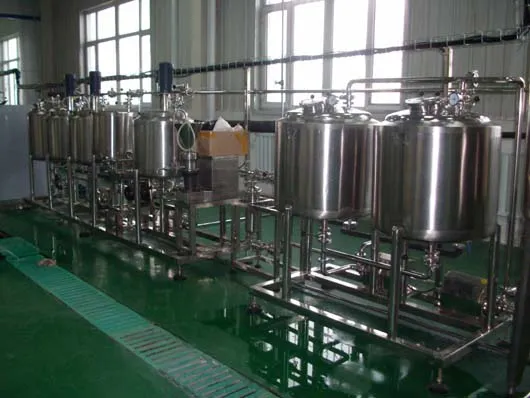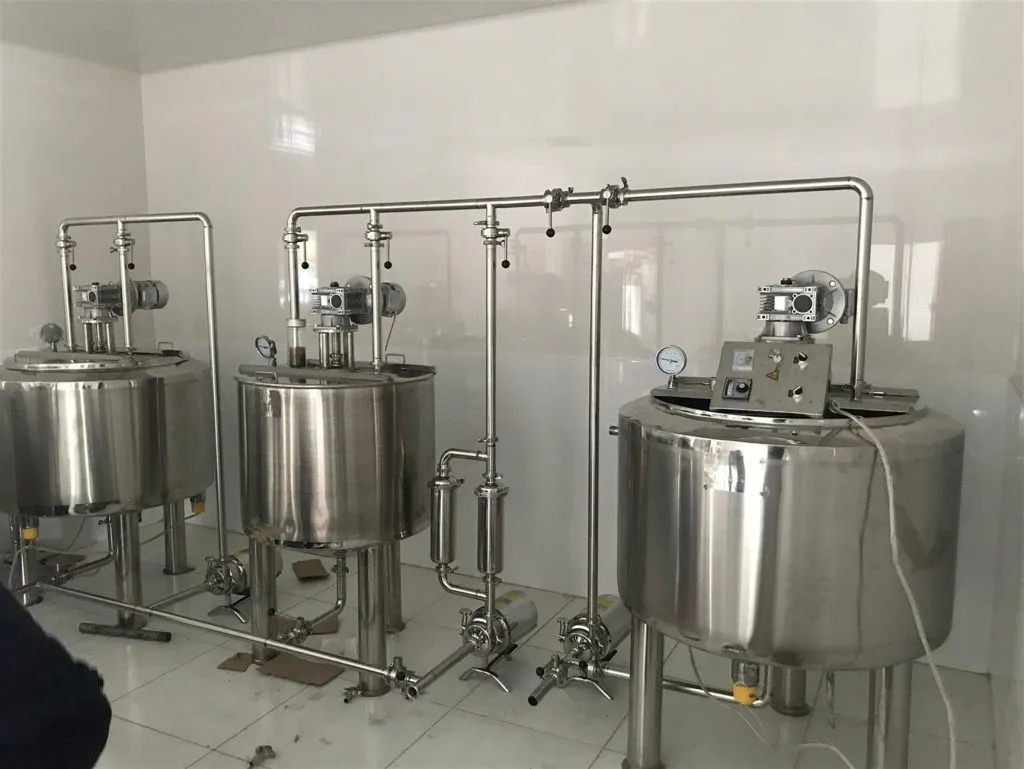Details about the milk pasteurization process knowledge
1. Pasteurized milk — liquid product made from raw cow (sheep) milk only through pasteurization and other processes; Sterilized milk is divided into ultra-high temperature sterilized milk and retention sterilized milk. The processing technology is different, but both are made from raw cow (sheep) milk with or without reconstituted milk. According to the definition of GB25191-2010, the main raw material of prepared milk is not less than 80% of raw cow (sheep) milk or reconstituted milk. In terms of physical and chemical indexes, the fat content of prepared milk is not less than 2.5 grams per 100 grams; Pasteurized and sterilized milk are not less than 3.1 grams.

2. Pasteur invented milk pasteurization in 1865. It is processed from fresh milk by pasteurization. It is characterized by sterilization at a temperature of about 72-85 ℃. It can kill the harmful bacteria in the milk while preserving the nutrients and pure taste. After centrifugation, standardization, homogenization, sterilization and cooling, the product is filled in liquid state and directly supplied to consumers for drinking.
3. The shelf life of pasteurized milk is relatively short, thus maintaining the nutritional integrity of milk products. Pasteurized milk is required to be refrigerated in an environment of 2-6 ℃ from leaving the production line to transportation, sales, storage and other links to prevent microorganisms from “active”. Therefore, pasteurized milk is also called “frozen milk”. When purchasing, storing and drinking pasteurized milk, consumers must pay attention to the quality of the milk. If the package is found to be “swollen”, it means that the milk has deteriorated and must not be drunk.
4. At present, the sterilization methods of milk mainly include: pasteurization at low temperature for a long time, pasteurization at high temperature for a short time, ultra-high temperature instant sterilization, and secondary sterilization. The sterilization method we choose is pasteurization. The advantages of pasteurized milk are that it can not only kill all pathogenic bacteria, but also better preserve the nutrition and natural flavor of milk. The disadvantage is that there are still some heat-resistant bacteria after sterilization, so it is required to store them at a temperature of about 4 ℃, and they can only be stored for 2 to 7 days.

5. Process flow of pasteurized dairy products:
Acceptance of raw milk → filtration and purification → standardization → homogenization → sterilization → cooling → filling → inspection → refrigeration
The main equipment required for pasteurization of dairy products are: milk purifier, milk pasteurizer, buffer tank and packaging machine.
The milk pasteurizer and homogenizer produced by our company is made of all stainless steel (SUS304) materials. The equipment is safe and sanitary. It adopts automatic temperature control and frequency converter speed regulation. It has high degree of automation and low labor intensity. It can be equipped with a fully automatic computer control system. The equipment is easy to use, easy to maintain and beautiful in appearance.